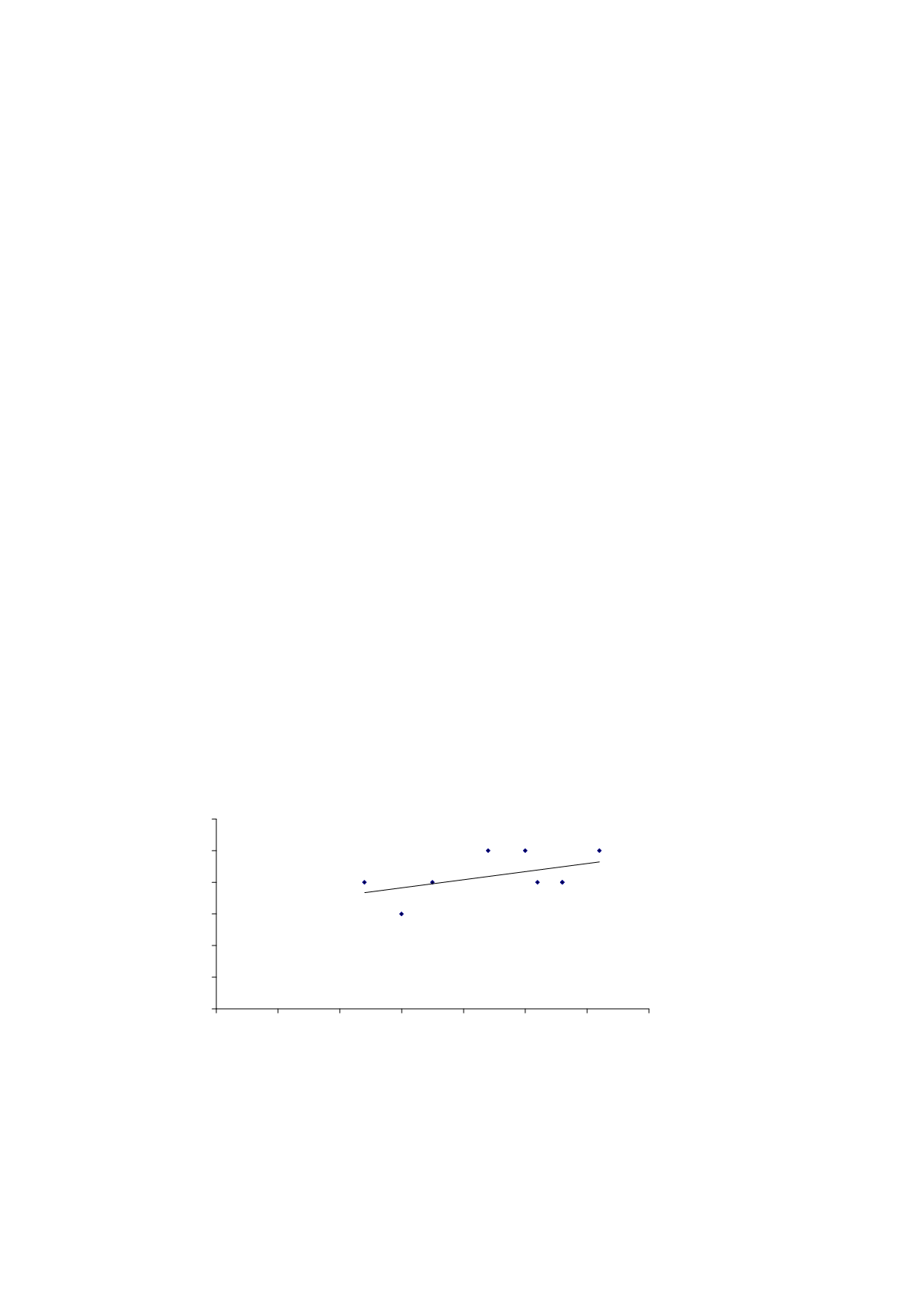
27(34)
Conclusion
The present study, although limited in scope, sheds some light on the
contentious issue of thresholds in public procurement. Among the procuring
entities in Sweden–central government agencies, municipalities, and county
councils–there are strong opinions about the present rules, relying on a
moderate threshold level of 30 000 EUR. The regulatory framework is
considered to be complex and the gains too low in general to outweigh the
administrative costs. A common opinion, particularly in the municipal
sector, is that Sweden should have no threshold below what is prescribed
by the EU. The Confederation of Swedish Industries, by contrast, has
argued for maintaining a low threshold in order to safeguard a competitive
situation and to minimize the risk of corruption in various forms. Similar
discussions on the pros and cons of regulating public procurement for
values below the EU threshold are going on in other EU Member States.
The main results of the study are that the administrative costs associated
with public procurement are normally lower than claimed in the public
debate and that the gains outweigh the costs already at relatively low
contract values. The critical attitude among procuring entities is
understandable and serves the purpose of defending a maximum degree of
freedom at the local level. Apart from this strategic argument, one reason
for the distorted picture may be that one neglects the administrative costs
associated with any form of procurement and forgets that only the
additional
cost that stems from procurement regulations should enter the
calculation. Quite probably, the gains from competition are also
underestimated.
y = 0,0051x + 0,4953
R² = 0,253
0
1
2
3
4
5
6
500 550 600 650 700 750 800 850


